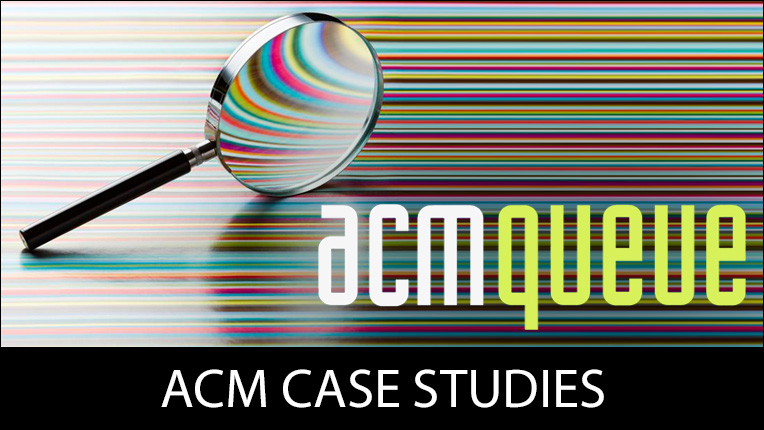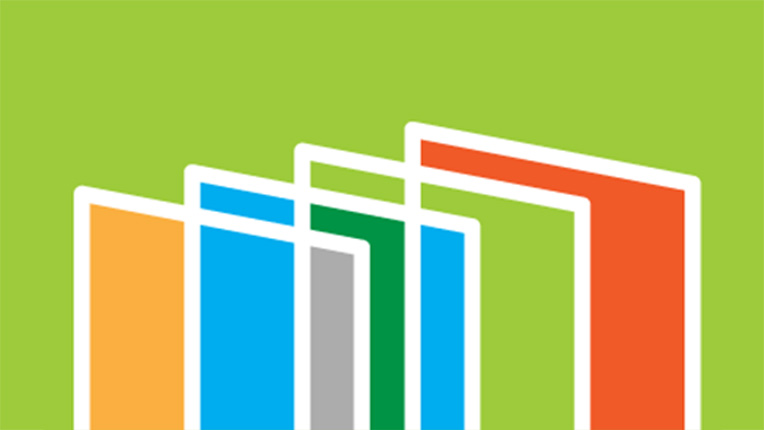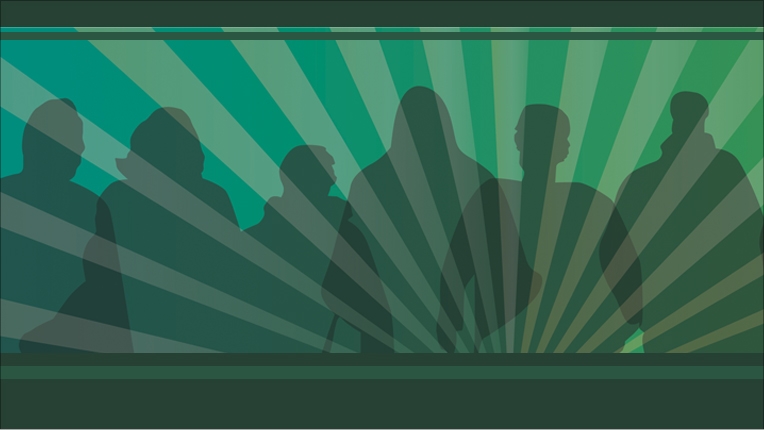Production
Production and Distribution Schedule
(TOTAL = 3-5 WKS. FOR PRODUCTION + 4 WKS. FOR THIRD CLASS MAIL= 7-9 WKS.)
- Editor sends newsletter with a submission cover sheet (sample follows) to appropriate SIG Staff Liaison at ACM headquarters.
- Headquarters checks for completeness and scans nontechnical material. Headquarters determines the print run. Headquarters may supply fillers (house ads, calls for papers, etc.) to secure appropriate page count.
Corrections, if any, are made and if necessary, the editor or chair is contacted. Some problems that can occur include misnumbered pages, volumes, and issues, poor quality copy, and missing or incorrect information regarding ACM. The newsletter is held until all problems are resolved and the newsletter is complete. (0.5-2 WEEKS) - The newsletter is sent to the printer. The front and inside covers of some newsletters are typeset at the printer. ACM headquarters proofs what the printer has typeset. (0-.5 WEEK)
- The printer then photographs, prints and binds the newsletter. (2.5 WEEKS)
- One week prior to scheduled mail date, membership and subscriber mailing labels are run at ACM and sent to printer. ACM prepares separate labels for mailing the "hot off the press" copies to editors and chairs.
- Issues are mailed via:
Third class bulk mail within the U.S. (4 WEEKS) or
Second class bulk mail within the U.S. (1-3 WEEKS)*
U.S. Surface mail to foreign addresses
Foreign freight surface, where overseas members have paid an extra fee for the faster delivery
Air printed matter, where overseas members have paid an extra fee for aster delivery
*Eleven SIGs currently have been approved by the U.S. Post Office for second class mailing privileges. This mail status provides quicker, less expensive service. Please see "Postage" in Section V. Budgeting for further information.
SIG Editors Manual
Updated November 1993
ACM Case Studies
Written by leading domain experts for software engineers, ACM Case Studies provide an in-depth look at how software teams overcome specific challenges by implementing new technologies, adopting new practices, or a combination of both. Often through first-hand accounts, these pieces explore what the challenges were, the tools and techniques that were used to combat them, and the solution that was achieved.

Lifelong Learning
ACM offers lifelong learning resources including online books and courses from Skillsoft, TechTalks on the hottest topics in computing and IT, and more.

